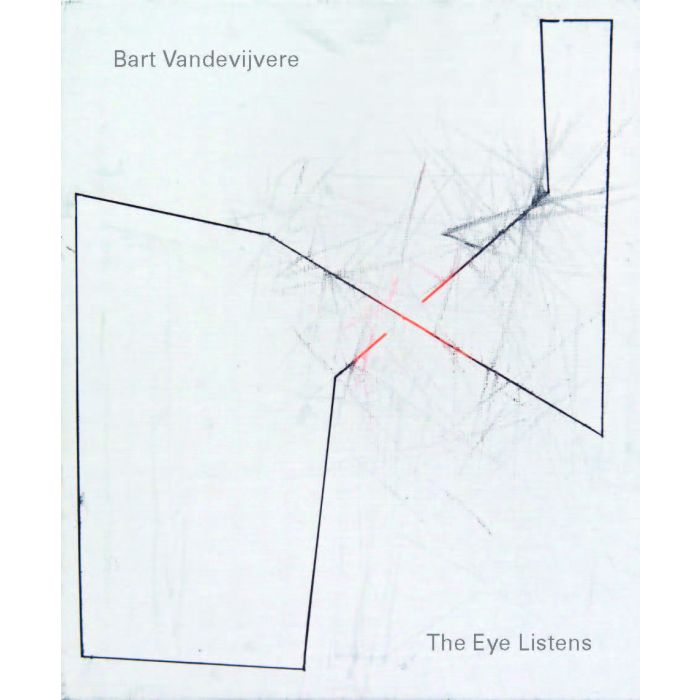My Cart
Your cart is empty
Looks like you haven't made your choice yet.
- Subtotal
Bart Vandevijvere

The Eye Listens
- Roberto Polo Gallery
- Expo: Spring 2016, Roberto Polo Gallery, Brussels
- Text by Jonathan Griffin
More Information
| Publisher | Roberto Polo Gallery |
|---|---|
| ISBN | 9791092599138 |
| Author(s) | Text by Jonathan Griffin |
| Publication date | January 2016 |
| Edition | Hardback |
| Dimensions | 290 x 240 mm |
| Illustrations | 42 col.ill. |
| Pages | 88 |
| Language(s) | Eng. ed. |
| Exhibition | Roberto Polo Gallery, Brussels |
Description
Bart Vandevijvere | The Eye Listens consists of approximately forty paintings in acrylic on canvas. The exhibition is accompanied by an 88-page illustrated catalogue featuring an essay by Jonathan Griffin, distinguished British art critic and author.
Bart Vandevijvere was born in Kortrijk, Belgium, in 1961. He lives and works in the city. Vandevijvere graduated from the Royal Academy of Fine Arts in Kortrijk and the Sint-Lucas School of Arts in Ghent. For thirty years, he has exhibited regularly in Belgium and abroad.
Vandevijvere defies convention by his unorthodox techniques. His paintings are musical transcriptions, particularly inspired by jazz, but as well as by contemporary music, and convey an incessant research for a renewal of painterly non-figuration. In the manner of John Cage and Morton Feldman, influential twentieth century avantgarde composers, Vandevijvere's approach is iconoclastic. His canvases resonate like much experimental music, executed with freedom and dexterity as a creative requirement. Inscribed in the interdisciplinary tradition of the Bauhaus, and its artists Oskar Schlemmer and Lothar Schreyer, Vandevijvere's work echoes, not only sound, but also image and movement. The artist evolves within antagonistic forces, orchestrating his practice between intention and accident, order and chaos.
Vandevijvere's paintings reveal a scrupulous construction of surfaces: he develops a range of understated tones, while concurrently revealing traces of earlier layers and shapes, which he has literally washed, and which subsequently appear to detach themselves from the canvas. By brutalising the canvas, Vandevijvere exercises a form of archaeological work, even on the pictorial surface.
His unique technique consists in adding and removing paint to and from the canvas.He partially washes old layers in order to integrate them into recent ones, as well as seemingly cutting out shapes that have been, in fact, painted and arranged as if they were collages, giving his canvases remarkable density. Without referring to Action Painting, Vandevijvere's painterly gestures are fast and organic. A 'process' artist, he integrates stains or residues into his compositions. His handling of the paint medium is urgent and energetic, giving birth to fresh shapes that stimulate our regard.
Vandevijvere's work is generous and empathetic, inviting us to share his creative experience.

Bart Vandevijvere
